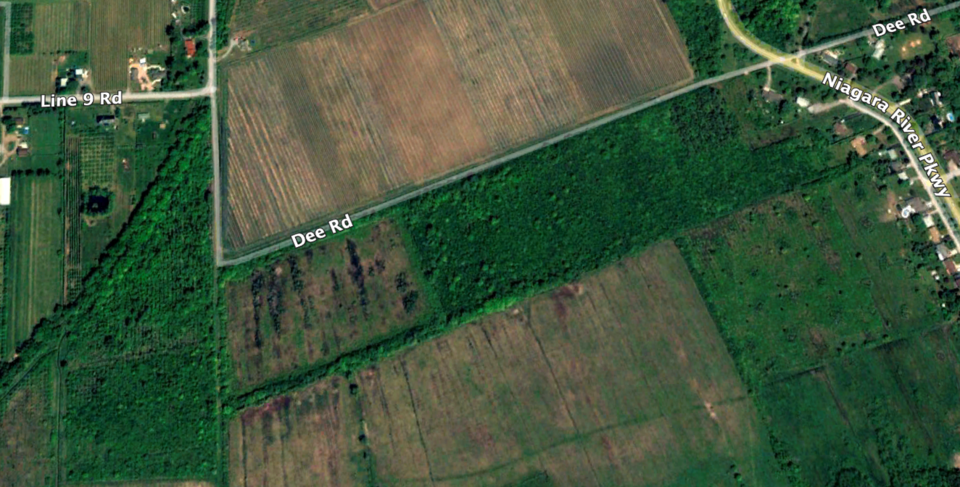During a recent deep cleaning of my basement, I had to sift through some bins and boxes of belongings that haven’t been touched in years. The inevitable situation took over immediately, as I found myself intrigued and distracted by a bunch of childhood keepsakes, photos and artwork.
Shocker — my artwork was related almost exclusively to nature. I had an obsession with drawing tornadoes. Their shape, and of course their monstrous power, was always something wildly captivating to me. To such an extent, I still stand by the notion that I would have professionally studied weather if I didn’t fall too in love with biology.
Hence why the remainder of my youthful creative works feature giant tree sketches, toads racing one another, and snakes wrapped around mountains. The writing was on the wall and the marker was on the paper from a young age.
Then there was a giant bundle of maps. These are maps I had made of The Swamp across my street, which I explored with great frequency and intent in my young years. I would be out there alone with my German shepherd, Shelby, and a walkie talkie to keep in touch with my parents.
That swamp is now one third of its size when I explored it as a kid.
Looking at these maps at 30 years old, I was instantaneously teleported back to the wonder I remember feeling when making them. With no actual maps of this area in NOTL available to my tiny hands, I mapped it myself, and with surprising accuracy.
This got me thinking about how you can get out with your youngsters, and map your own local park, conservation area, or even private property, depending where you live.
This is a superbly affordable and easy exercise of learning, creativity, skill development, and again — that classic feeling of childhood wonder.
All of my maps were themed. One was shaded from a light yellow all the way through to a darker red. I colour-shaded swaths of land based on my perceived density of snakes. Was I rarely finding snakes in one area, but scooping them up by the handful in others? The dark red area was hilariously titled in the map legend as Watch Where You Step. Your child can do this with any animal that you can safely observe, from beetles to birds to frogs.
Naturally, as a kid, you might begin wondering why the animal of focus shows up in some areas more than others. Now we’re talking about habitats, and this was one of my other maps.
The legend shows swamp forest, dry forest, meadow, thicket, and creeks of varying size, which I gave my own names to. August Creek, Pipe Creek, and Pine Forest are a handful of spots, with a personal story and reason behind such names. This also reinforces the idea that not only in nature, but in life in general, all things are connected and influence one another.
Further on the note of waterways, I also mapped their water quality. Of course I wasn’t using scientific instruments assessing phosphorous or nitrogen levels, but I had big mason jars, and that was enough to get the fluids flowing in my little nugget of a brain.
Why was the creek brown, but this one clear? Why does this pond have lots of little debris pieces floating around? Some ponds were coated with algae and others were generally open water. I then applied these findings, and where I took them, onto my map. Additionally, I observed and sketched what I saw in the jar for my shoebox records.
Like becoming a storm chaser or weatherman, I also seriously considered works in cartography as I got older, which is not a surprise whatsoever. Alas, the creatures actually swimming, crawling, slithering, and flying around in these areas piqued my interest the most, so biology it was, and still is.
The takeaway here is that all your kid needs is a clipboard, blank paper, some markers and an inquisitive mind. This is not about ensuring they became future biologists one day, but it is a free and healthy method of fun, experiential learning that could serve to help kids think about all sorts of things in life!
Owen Bjorgan is a documentary filmmaker and nature tour guide. He lives in Niagara-on-the-Lake.



